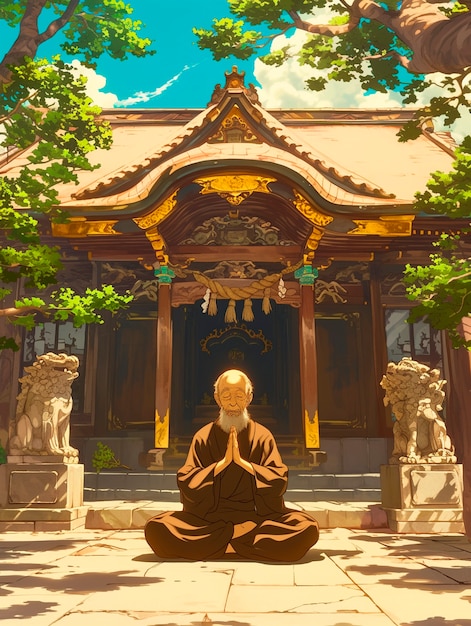

People often ask why I have so many tattoos. I currently have 40, including one that covers my entire back, and a variety of piercings and brandings. It all started with a small tattoo my best friend bought me for my 25th birthday, saying it was something I could never get rid of. From there, my collection grew, with new pieces added every few months or even weeks. Initially, I liked the aesthetic and even enjoyed the tattooing process. At the time, tattoos weren’t as trendy, and I wanted to cultivate a “bad ass” image. Some of my tattoos have deep personal meanings, while others are purely decorative. All were done by Tex at Authentic Tattoo in San Francisco.
Through personal psychotherapy and introspection, I realized my body modifications had deeper roots. To summarize, I endured various forms of abuse as a child, was bullied in junior high, survived cancer after multiple surgeries and chemotherapy, and battled drug and alcohol addiction for years. These experiences made me feel disconnected from my body. Tattoos helped reclaim my body, marking it as my own and nobody else’s. They were a way to take ownership of myself, free from the hold of abusers and medical treatments. Beyond tattoos, Zen Buddhist practice and yoga also assist in this personal connection.
Many of my tattoos are Buddhist-themed, although tattoos are generally frowned upon in Zen. When I asked my teacher about Buddhist tattoos, he dismissed the idea, focusing instead on “invoking Bodhi-mind.” I got these tattoos after overcoming addiction and recommitting to Zen. My upper body features more serious themes, while my lower body displays more irreverent ones. This division happened without conscious intent.
The first tattoos I got after becoming sober were two koi fish, inked in a Japanese style on my forearms. Though not strictly Buddhist, they signify my journey. I also have a Dharma wheel, a Tibetan “Knot of Eternity,” a Daruma, and several texts of Buddhist scriptures and poems.
The text tattoos include:
1. A poem about Satori, depicting enlightenment not as a glorious moment, but as a solitary, profound experience.
2. A quote from Eihei Dogen’s Eihei Koroku: “Directly it is said that not a single thing exists, and yet we see in the entire universe nothing has ever been hidden.” This quote moved me deeply upon first reading.
3. Another quote from Dogen’s Genjo Koan: “Here is the place; here the way unfolds,” which had a profound impact on me.
4. A verse from the Full Moon Ceremony that helps me deal with guilt and shame: “All my ancient twisted karma, from beginningless greed, hate and delusion, born through body, speech, and mind, I now fully avow.”
5. The Robe Chant from the morning ceremony: “Great robe of liberation. Field far beyond form and emptiness. Wearing the Tathagata’s teaching, Saving all beings.”
The Daruma tattoo is especially meaningful to me. Daruma, a wobbly toy representing Zen’s mythic founder, symbolizes resilience. During my struggle with sobriety, my teacher often reminded me of the Japanese proverb, “Fall down seven times, get up eight,” embodying Daruma’s spirit. This encouragement, even after a publicly embarrassing incident at Zen Center, stayed with me.
Other tattoos include lotus and Bodhi leaves, symbolizing beauty and growth from adverse conditions, much like my own life story. Although it’s not Buddhist, I also have Oscar Wilde’s prison number “C.3.3.” tattooed on my arm. Wilde’s works were a lifeline during my troubled teenage years, igniting my interest in social justice and LGBT rights. His trials for “gross indecency” inspired me deeply.
My back is adorned with an exact rendering of the Buddha from San Francisco Zen Center’s main altar, which carries strong personal significance. This Buddha, carved in Greco-Roman style during Gandhara’s time as a Greek outpost, reminded me that Buddhism transcends racial and cultural boundaries, embodying universal human experiences.
In summary, my tattoos are a physical manifestation of my life journey, from pain and suffering to healing and self-ownership. They help express my identity and my ongoing story of resilience and recovery.